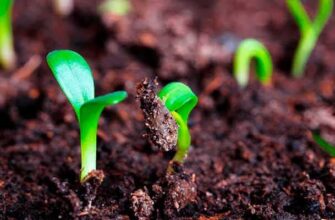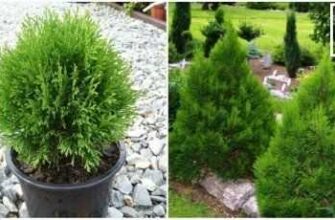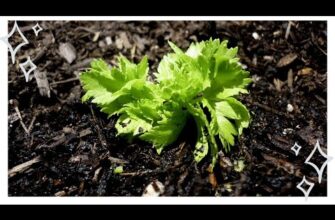- Что такое борщевик: определение, особенности, виды
- Где и как растет борщевик: области распространения
- Почему борщевик считается вредным растением
- Как определить борщевик на участке: особенности внешнего вида
- Как бороться с борщевиком: эффективные методы
- Уничтожение семенами
- Удаление корней и листьев
- Химическая обработка
- Естественные враги борщевика: как использовать их в борьбе
- 1. Насекомые
- 2. Бактерии и грибы
- 3. Грызуны
- Как уничтожить борщевик химическими средствами
- Биологические методы борьбы с борщевиком: преимущества и недостатки
- Преимущества биологических методов борьбы с борщевиком
- Недостатки биологических методов борьбы с борщевиком
- Сажать или не сажать борщевик: преимущества и риски
- Преимущества борщевика
- Риски сажать борщевик
- Фотографии борщевика: как выглядит это растение
- Вопрос-ответ:
- Как выглядит борщевик?
- Почему борщевик считается паразитом?
- Какие проблемы может вызвать борщевик?
- Как можно бороться с борщевиком?
- Как предотвратить появление борщевика на участке?
- Видео:
- Как избавиться от борщевика НАВСЕГДА? | Борьба с борщевиком: личный опыт на 12 Га

Борщевик — одно из самых распространенных растений-паразитов, которое становится настоящей проблемой для садоводов и фермеров. Это вредное растение распространяется семенами и быстро завоевывает новые территории. Оно способно проникать в почву на глубину до 2 метров и стремительно раздувается, затмевая остальные растения.
Борщевик выделяет вредные для других растений вещества, которые мешают им расти и развиваться. Его листья имеют большую площадь, что позволяет растению активно поглощать солнечный свет и недостаточно его оставлять для других растений в округе.
Борщевик причиняет особенно большой вред сельскохозяйственным культурам, так как захватывает урожайные поля и препятствует нормальному развитию культурных растений.
Сражаться с борщевиком необходимо на всех фронтах. Основное внимание следует уделить его корням, так как именно они являются основным источником роста и размножения растения. Механическое удаление корней может быть эффективным, но трудоемким способом борьбы. Отсекая корни борщевика, следует осуществлять регулярный контроль и удалять появляющиеся новые ростки.
Что такое борщевик: определение, особенности, виды

Борщевик — это растение-паразит, которое причиняет значительный вред окружающей флоре и фауне. Оно относится к семейству сложноцветных и имеет ряд характерных особенностей.
Листья борщевика имеют большой размер, обычно они овальной или сердцевидной формы и покрыты жесткими щетинками, которые могут вызывать раздражение на коже.
Корни борщевика являются одним из его основных средств размножения. Они разрастаются очень быстро и глубоко проникают в почву, что делает борьбу с этим растением особенно трудной.
Цветок борщевика представляет собой крупные соцветия ярко-желтого цвета. Он обладает приятным запахом и привлекает множество насекомых, которые способствуют его размножению.
Борщевик имеет несколько видов, включая обыкновенный борщевик, крупноцветковый и гигантский. Каждый из них имеет свои характерные особенности и способы распространения.
Одной из основных проблем с борщевиком является его способность быстро распространяться и захватывать новые территории. Это происходит благодаря его семенам, которые активно распространяются ветром и животными.
Где и как растет борщевик: области распространения
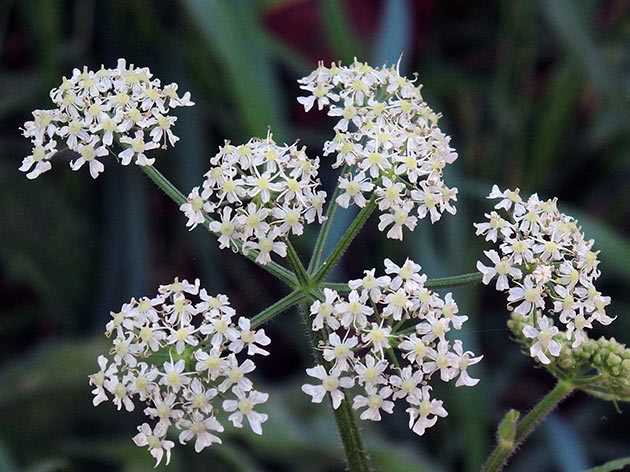
Борщевик — это растение-паразит, которое широко распространено в различных регионах мира. Оно обладает довольно агрессивными свойствами и способно быстро распространяться, поглощая питательные вещества из почвы и конкурируя с другими растениями.
Растение борщевик имеет мощные корни, которые способны проникать глубоко в почву. Это позволяет ему выживать и расти даже в суровых условиях и на различных типах почвы. Борщевик часто встречается на берегах рек, озер, вдоль дорог и на опустошенных участках земли.
Борщевик размножается семенами, которые могут сохранять свою жизнеспособность в почве на протяжении долгого времени. Это позволяет растению быстро заполонить новые территории и создать трудности для сельского хозяйства и дикой природы.
Листья борщевика имеют особую форму, они напоминают сердце и обладают жесткой текстурой. Это помогает растению защищаться от пастбищных животных и сохранять влагу внутри себя. На стеблях борщевика могут образовываться цветы и семена, которые далее распространяются ветром или с помощью животных.
Борщевик является серьезной проблемой для сельского хозяйства и экосистем. Из-за его агрессивного распространения и высокой конкуренции с другими растениями, необходимо активно бороться с этим паразитом. Существует несколько способов борьбы с борщевиком, включая механическое удаление растений, использование химических препаратов и использование биологических агентов.
Почему борщевик считается вредным растением
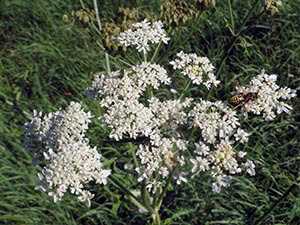
Борщевик – это растение-паразит, которое причиняет огромный вред окружающей флоре и фауне. Оно имеет привлекательный вид с яркими цветками, но это не должно вводить в заблуждение. Все части борщевика опасны: корни, стебли, листья и семена.
Борщевик размножается быстро и агрессивно, поглощая питательные вещества из почвы и лишая остальные растения необходимых ресурсов. Это может привести к исчезновению местных видов, нарушению экосистемы и ухудшению качества почвы.
Корни борщевика способны проникать глубоко в почву, образуя густое клубеньковое образование. Это делает его очень трудным для удаления. Причем, если оставить хотя бы маленький кусочек корня, растение снова начнет расти.
Листья борщевика содержат ядовитые вещества, которые могут вызывать аллергические реакции у людей и животных. Контакт с ними может вызвать сильное зуд, раздражение кожи и даже ожоги.
Семена борщевика также являются источником проблемы. Они очень маленькие и легко распространяются по ветру, воде, через животных и человека. Одна растение может произвести до 20 000 семян, что позволяет ему быстро захватывать новые территории.
Как определить борщевик на участке: особенности внешнего вида
Борщевик — это растение-паразит, которое может серьезно навредить вашему саду или огороду. Определить его на участке несложно, если обратить внимание на несколько особенностей его внешнего вида.
Листья: Борщевик имеет крупные, перистые листья с острыми зубчатыми краями. Они имеют ярко-зеленый цвет и могут достигать длины до 30 см.
Цветок: Цветение борщевика происходит в июле-августе. У растения появляются соцветия в виде мощных кистей с яркими желтыми цветками, собранными в плотные шары.
Корни: Корни борщевика очень мощные, могут проникать на глубину до 2-3 метров. Они имеют белый цвет и способны проникать в почву на большие расстояния.
Семена: Борщевик имеет большое количество семян, которые могут быть распространены ветром или птицами. Семена имеют продолговатую форму и черный цвет.
Зная эти особенности внешнего вида борщевика, вы сможете оперативно определить его на своем участке и приступить к мерам по его уничтожению.
Как бороться с борщевиком: эффективные методы
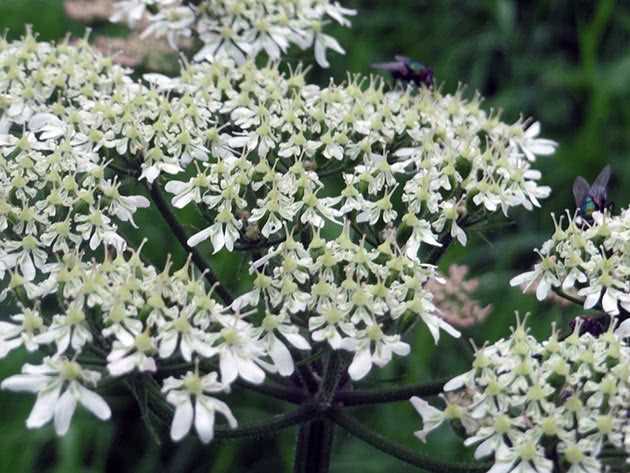
Борщевик – это опасное растение-паразит, которое способно быстро распространяться и наносить вред садовым культурам. Чтобы справиться с этим неприятным цветком, необходимо применять эффективные методы борьбы.
Уничтожение семенами
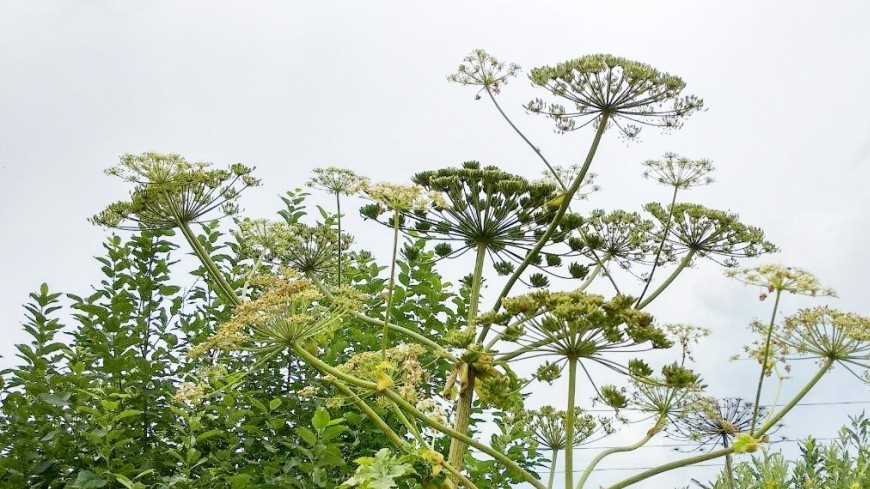
Семена борщевика остаются жизнеспособными в почве на протяжении длительного времени, поэтому для эффективного уничтожения растения необходимо проводить регулярные работы по удалению его семян. Семена можно собирать и сжигать или выбрасывать в мусорные контейнеры.
Удаление корней и листьев
Борщевик имеет мощную корневую систему, которая может распространяться на большие расстояния. Чтобы избавиться от растения, необходимо выкапывать его корни и листья, особенно в начале вегетационного периода. При этом необходимо удалять все части растения, чтобы предотвратить его дальнейшее размножение.
Химическая обработка
Для эффективной борьбы с борщевиком можно использовать химические препараты. Однако необходимо помнить, что такие средства могут быть опасными для окружающей среды и здоровья человека. Поэтому перед применением необходимо изучить инструкцию и соблюдать все меры предосторожности.
В заключение, борщевик – это опасное растение-паразит, которое необходимо эффективно бороться. Для этого можно использовать различные методы, такие как уничтожение семенами, удаление корней и листьев, а также химическую обработку. Главное – регулярно проводить работы по борьбе с этим растением, чтобы избежать его дальнейшего распространения и сохранить садовые культуры.
Так стоп!!! Вы всё ещё не подписаны на наши каналы в Телеграмм и Дзен? Посмотрите: ТГ - (@historyfantasydetectivechat) и Дзен (https://dzen.ru/myshortsstorys)
Естественные враги борщевика: как использовать их в борьбе
Борщевик — это растение-паразит, которое может быстро распространяться и вытеснять другие виды растений. Его цветки имеют яркую фиолетовую окраску и привлекательный вид, но несмотря на это, борщевик является опасным сорняком.
Однако, существуют естественные враги борщевика, которые помогают в борьбе с этим растением-паразитом. Они могут быть использованы для контроля его распространения и сокращения численности популяции борщевика.
1. Насекомые
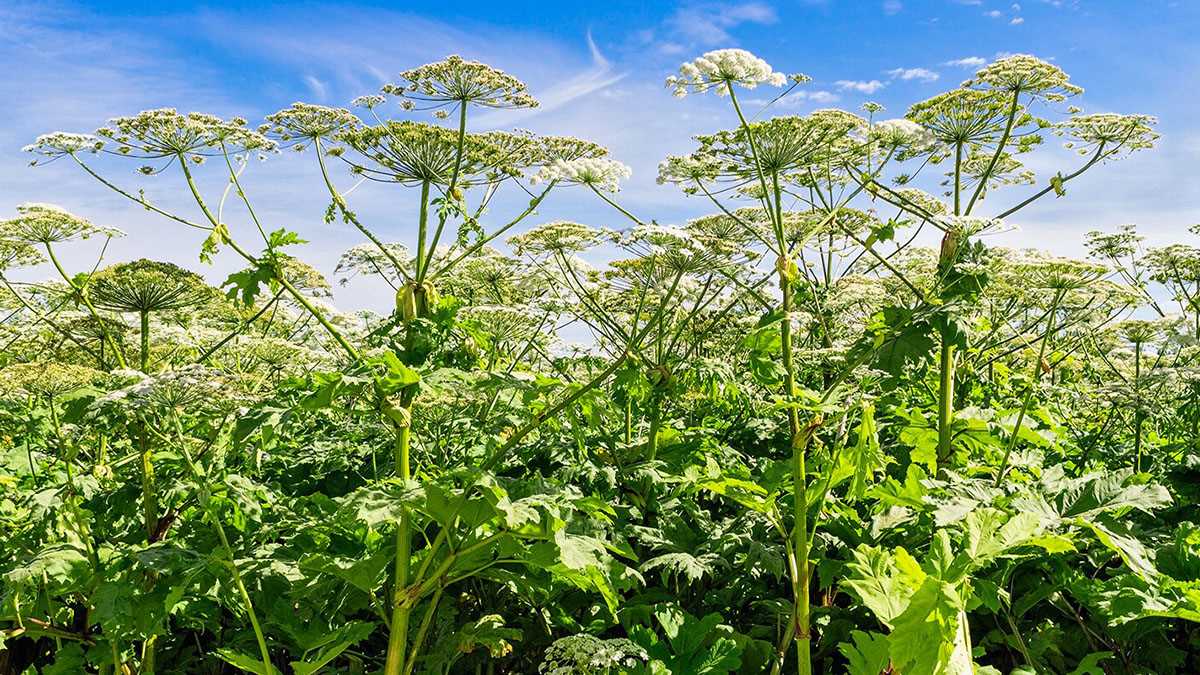
Некоторые насекомые, такие как борщевичниковый мотылек и борщевичные клещи, питаются листьями и стеблями борщевика, что может привести к его ослаблению и снижению роста. Фото этих насекомых можно найти в специализированных источниках.
2. Бактерии и грибы
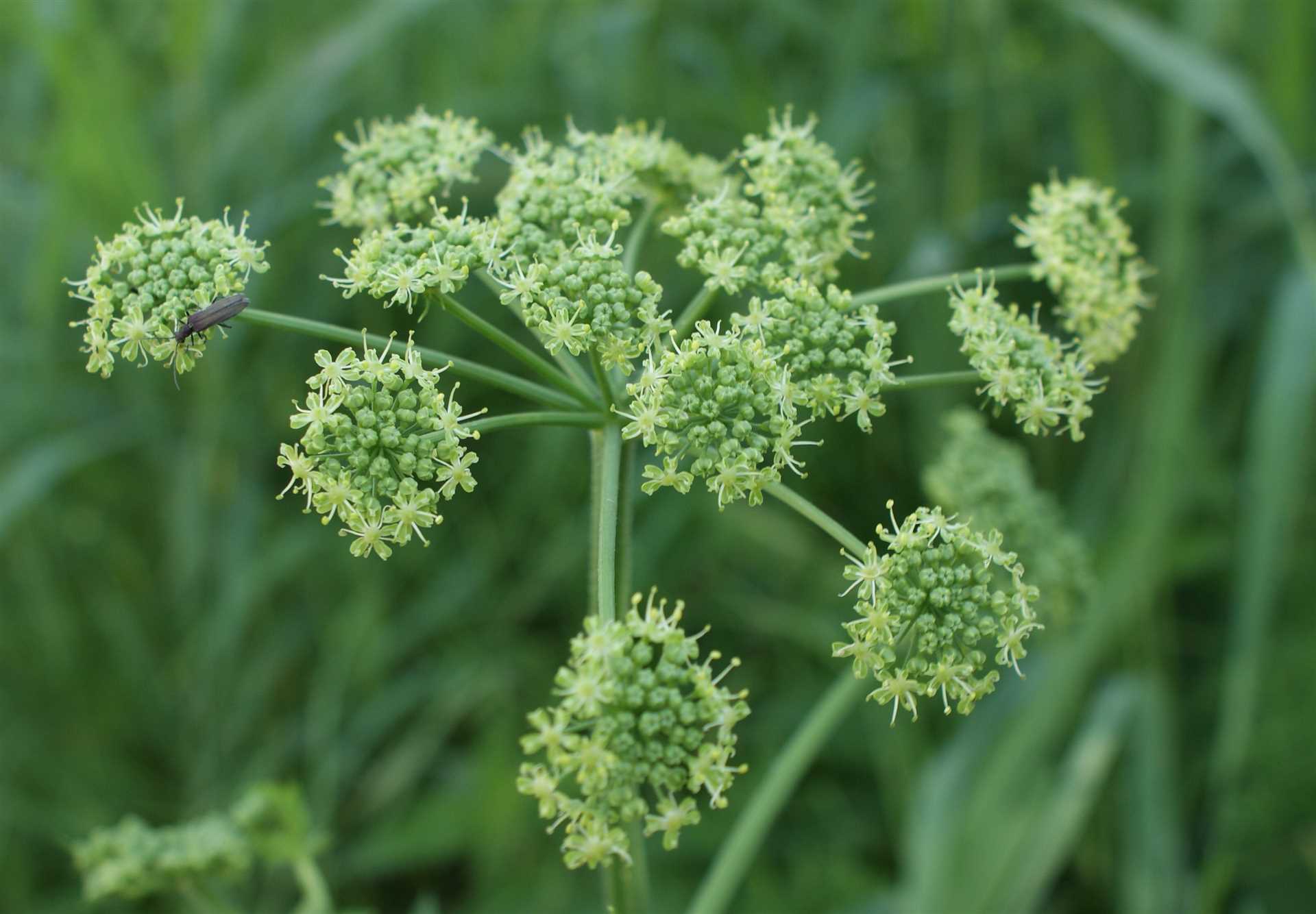
Существуют бактерии и грибы, специфические для борщевика, которые могут вызывать заболевания и гибель этого растения. Они способны поражать листья и стебли борщевика, а также его семена, что препятствует его дальнейшему размножению.
3. Грызуны
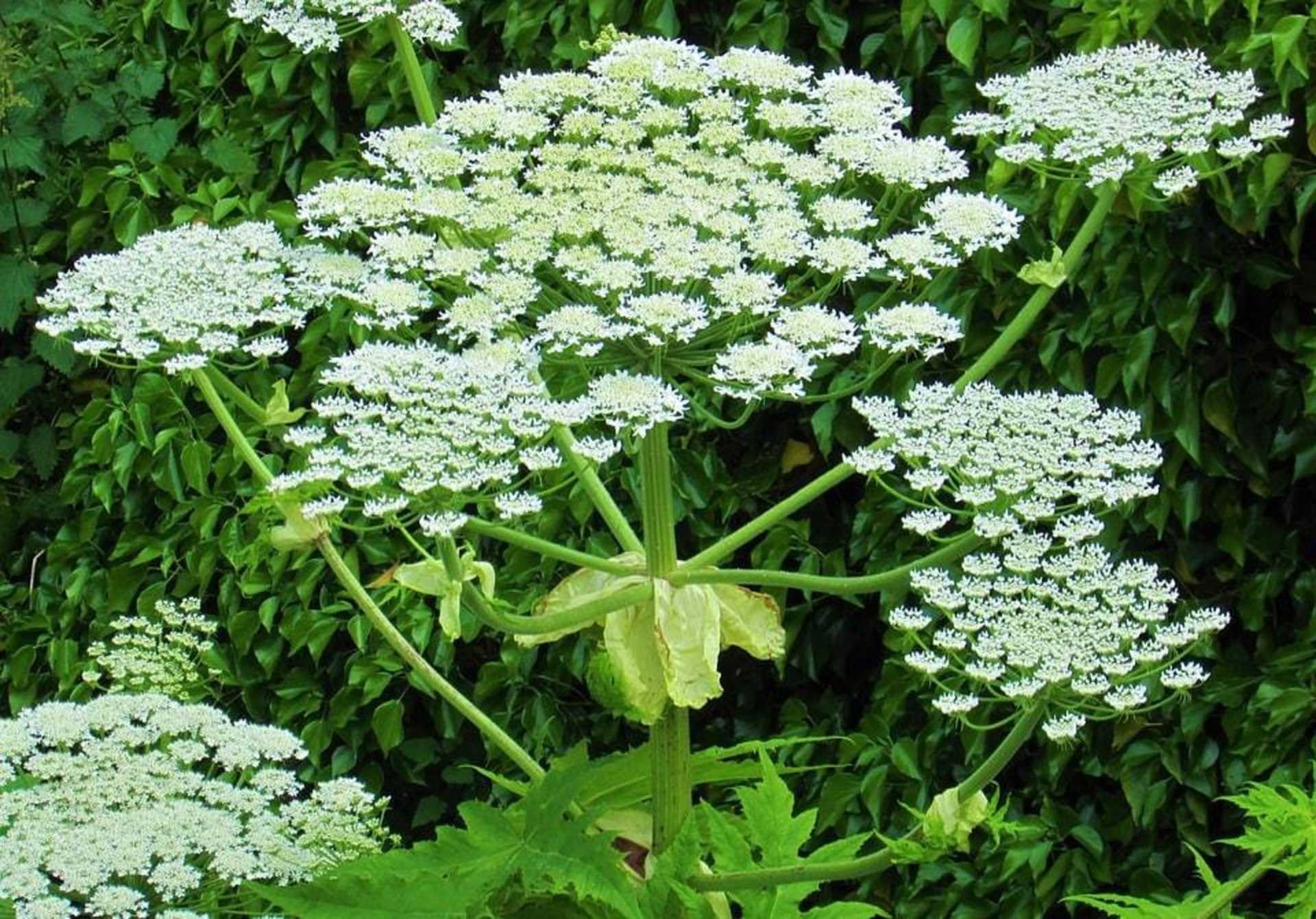
Некоторые грызуны, такие как мыши и кроты, могут питаться семенами борщевика. Они могут съедать семена и разносить их на большие расстояния, что снижает вероятность их прорастания и появления новых растений.
В заключение, использование естественных врагов борщевика может быть эффективным способом борьбы с этим растением-паразитом. Однако, необходимо учитывать, что эти методы не всегда являются достаточно эффективными и могут требовать дополнительных мер для полного уничтожения борщевика.
Как уничтожить борщевик химическими средствами

Борщевик — это растение-паразит, которое активно распространяется своими семенами и корнями, нанося вред сельскохозяйственным культурам и окружающей природе. Чтобы бороться с этим вредителем, можно использовать химические средства.
Одним из эффективных способов уничтожения борщевика является применение гербицидов. Гербициды — это химические вещества, специально разработанные для борьбы с сорняками и паразитическими растениями. Они уничтожают борщевик, воздействуя на его листья и корни.
Для обработки борщевика гербицидами нужно соблюдать определенные правила. Во-первых, необходимо выбрать правильное время для проведения обработки — это обычно начало лета или осень. Во-вторых, следует использовать гербициды, специально предназначенные для борьбы с борщевиком. На флаконе с гербицидом обычно указаны рекомендации по дозировке и способу применения.
Применение гербицидов для борьбы с борщевиком может потребовать нескольких обработок, так как растение может быть устойчивым к определенным химическим веществам. Кроме того, необходимо учесть, что гербициды могут негативно влиять на окружающую среду, поэтому их следует использовать с осторожностью и соблюдать все меры предосторожности.
Биологические методы борьбы с борщевиком: преимущества и недостатки
Борщевик – это растение-паразит, которое может причинить значительный вред природным экосистемам и сельскому хозяйству. Существует несколько способов борьбы с ним, включая использование биологических методов.
Преимущества биологических методов борьбы с борщевиком
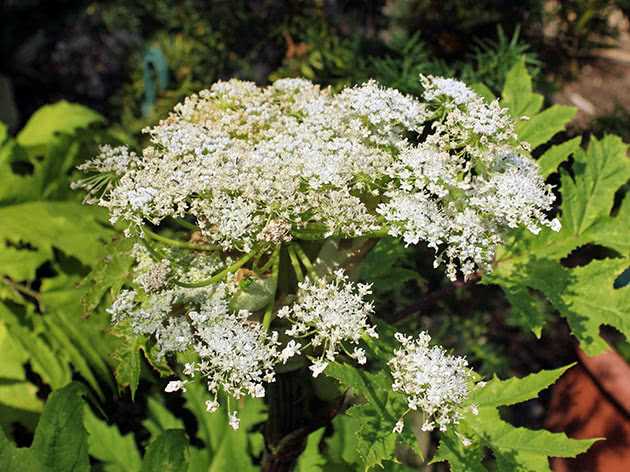
- Биологические методы борьбы с борщевиком являются экологически безопасными, так как не используют химические вещества, которые могут нанести вред другим растениям и животным.
- Они могут быть эффективными в длительной перспективе, так как направлены на устранение корневой системы и семенного материала растения, что помогает предотвратить его дальнейшее распространение.
- Биологические методы могут быть использованы не только в сельском хозяйстве, но и в природных экосистемах, где химические методы борьбы могут быть недопустимы.
Недостатки биологических методов борьбы с борщевиком

- Биологические методы требуют времени и постоянного контроля, так как борщевик имеет способность быстро размножаться и восстанавливаться.
- Использование биологических методов может быть неэффективным в случае сильного заражения борщевиком, когда необходимо провести моментальное уничтожение растения для предотвращения его дальнейшего распространения.
- Биологические методы требуют определенных знаний и опыта, чтобы правильно определить и использовать биологических агентов, которые смогут эффективно бороться с борщевиком.
В целом, биологические методы борьбы с борщевиком являются перспективным и экологически безопасным подходом к решению проблемы его распространения. Однако, в каждом случае необходимо учитывать особенности ситуации и выбирать наиболее подходящий метод борьбы.
Сажать или не сажать борщевик: преимущества и риски

Борщевик — это растение-паразит, которое может быть как полезным, так и опасным для сада и садового участка. Вот несколько фактов, которые помогут вам принять решение о том, стоит ли сажать борщевик или нет.
Преимущества борщевика
Борщевик является красивым цветком, который может украсить ваш сад. Фото борщевика в полном цвете может вызывать восторг и восхищение у всех, кто видит его. Это растение также имеет целебные свойства, его корни и листья используются в народной медицине как антисептик и противовоспалительное средство.
Риски сажать борщевик
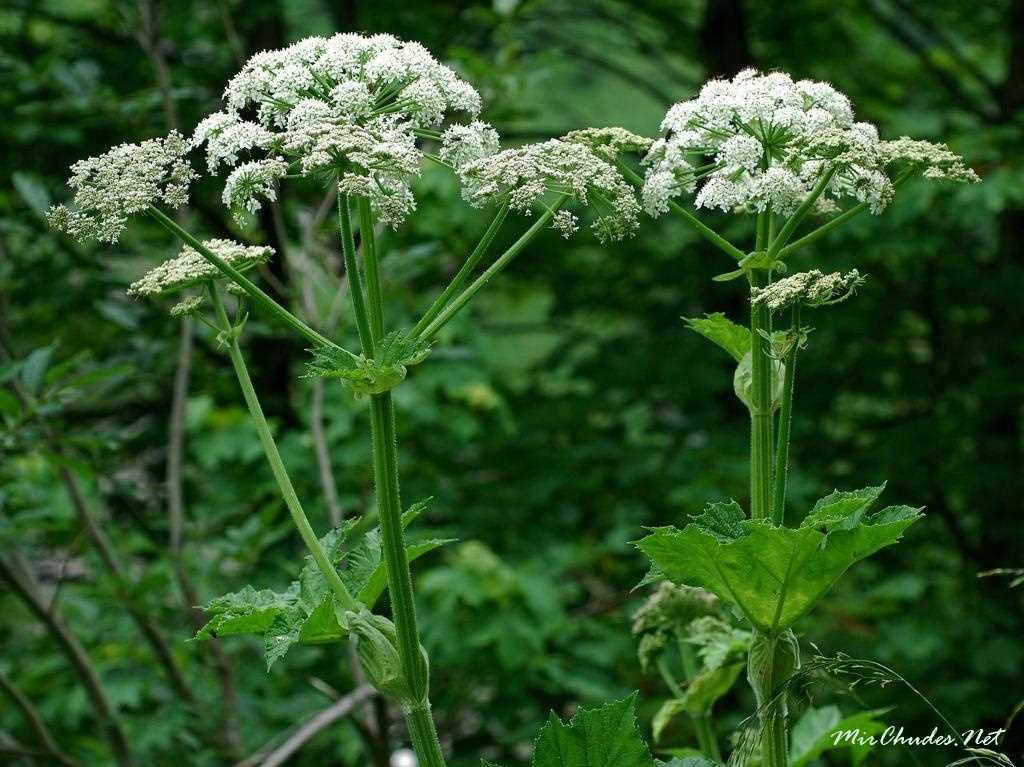
Однако, стоит помнить, что борщевик — это паразитическое растение, которое может быстро распространяться и вторгаться в соседние области. Его семена могут сохранять жизнеспособность на протяжении многих лет и легко распространяться ветром или через птиц, что может привести к нежелательному росту борщевика.
Корни борщевика также могут проникать в глубину почвы, вызывая проблемы с основательными растениями. Они могут быть сложными для удаления и требовать значительных усилий для борьбы с этим растением-паразитом.
В заключение, решение о том, стоит ли сажать борщевик, зависит от ваших предпочтений и садовых условий. Если вы готовы бороться с его распространением и контролировать его рост, то борщевик может стать красивым и полезным дополнением к вашему саду. Однако, если вы предпочитаете избегать потенциальных проблем, возникающих при выращивании борщевика, то лучше воздержаться от его посадки.
Фотографии борщевика: как выглядит это растение
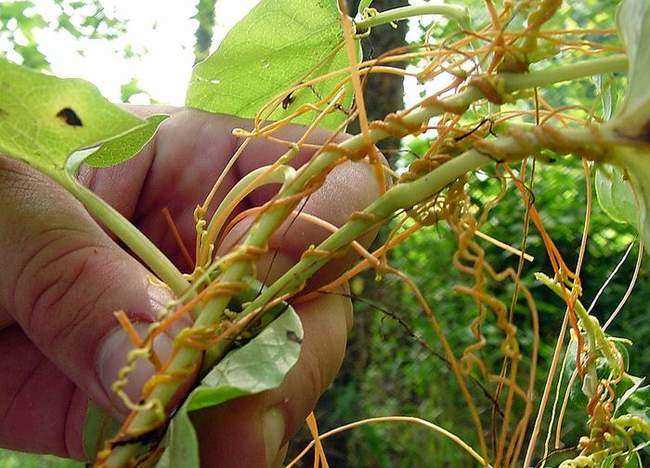
Борщевик — это многолетнее растение, которое может достигать высоты до 2 метров. Его корни проникают глубоко в почву и обладают способностью конкурировать с корнями других растений. Листья борщевика имеют большой размер и овальную форму.
Особенностью борщевика является то, что он является паразитом. Он проникает в корни других растений и питается их соками, нанося урон окружающей флоре. Кроме того, борщевик способен размножаться семенами, которые могут быть распространены ветром или птицами.
На фото видно, что борщевик имеет насыщенно-зеленую окраску листьев и стеблей. Листья растения довольно крупные, широкие и жесткие. Они часто имеют зубчатые края, что делает их легко узнаваемыми.
Если вы столкнулись с проблемой распространения борщевика на вашем участке, важно принять меры для его борьбы. Найдите способ удалить его корни из почвы и выкопайте растение целиком. Следует быть осторожным при работе с борщевиком, чтобы не травмировать себя его острыми листьями.
Важно также уничтожить семена борщевика, чтобы предотвратить его повторное появление. Соберите все семена, которые выпали на землю, и уничтожьте их. Для этого можно использовать мешок или палку, чтобы собрать семена в одно место и сжечь их.
Вопрос-ответ:
Как выглядит борщевик?
Борщевик — это многолетнее растение с высокими стеблями, достигающими 2-3 метров в высоту. Он имеет крупные темно-зеленые листья и желтые цветы, собранные в соцветия. Плоды борщевика представляют собой орешки, которые распространяются ветром или животными.
Почему борщевик считается паразитом?
Борщевик считается паразитом, потому что он поглощает воду и питательные вещества из почвы, препятствуя росту других растений. Он также образует густые заросли, которые заглушают местные виды растений и угнетают их рост. Поэтому борщевик является вредным для экосистемы и сельскохозяйственных угодий.
Какие проблемы может вызвать борщевик?
Борщевик может вызвать несколько проблем. Во-первых, он может заглушить местные виды растений, что приводит к уменьшению биоразнообразия и нарушению экосистемы. Во-вторых, борщевик может снизить плодородие почвы, истощая ее ресурсы. Кроме того, его семена могут попадать в сельскохозяйственные поля и загрязнять урожай.
Как можно бороться с борщевиком?
Существует несколько способов борьбы с борщевиком. Один из эффективных методов — выкапывание растения с корнями. Важно удалить все части растения, чтобы избежать его восстановления. Также можно использовать химические гербициды, но это требует осторожности и соблюдения инструкций. Другой способ — пастеризация почвы, чтобы уничтожить семена борщевика. Эффективность различных методов может зависеть от конкретных условий и масштаба заражения.
Как предотвратить появление борщевика на участке?
Чтобы предотвратить появление борщевика на участке, рекомендуется поддерживать здоровую и плодородную почву, что способствует росту местных растений и уменьшает вероятность заражения. Также полезно следить за состоянием участка и быстро удалять появившиеся растения борщевика. Важно помнить, что борщевик может размножаться семенами, поэтому рекомендуется заблаговременно удалить цветы и плоды растения.


